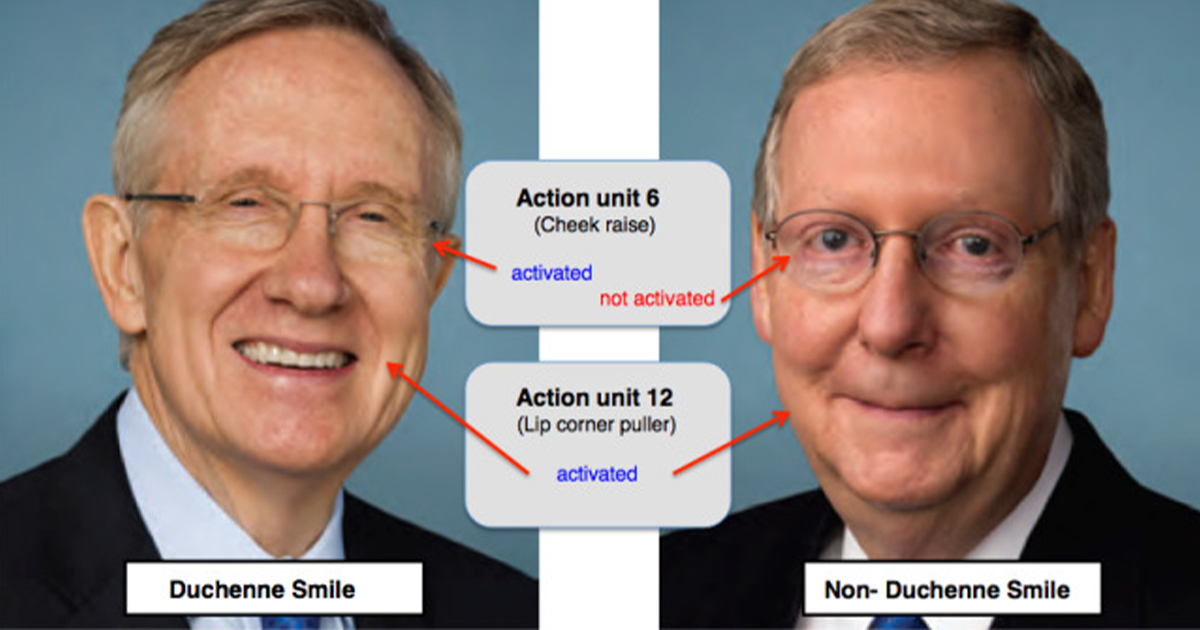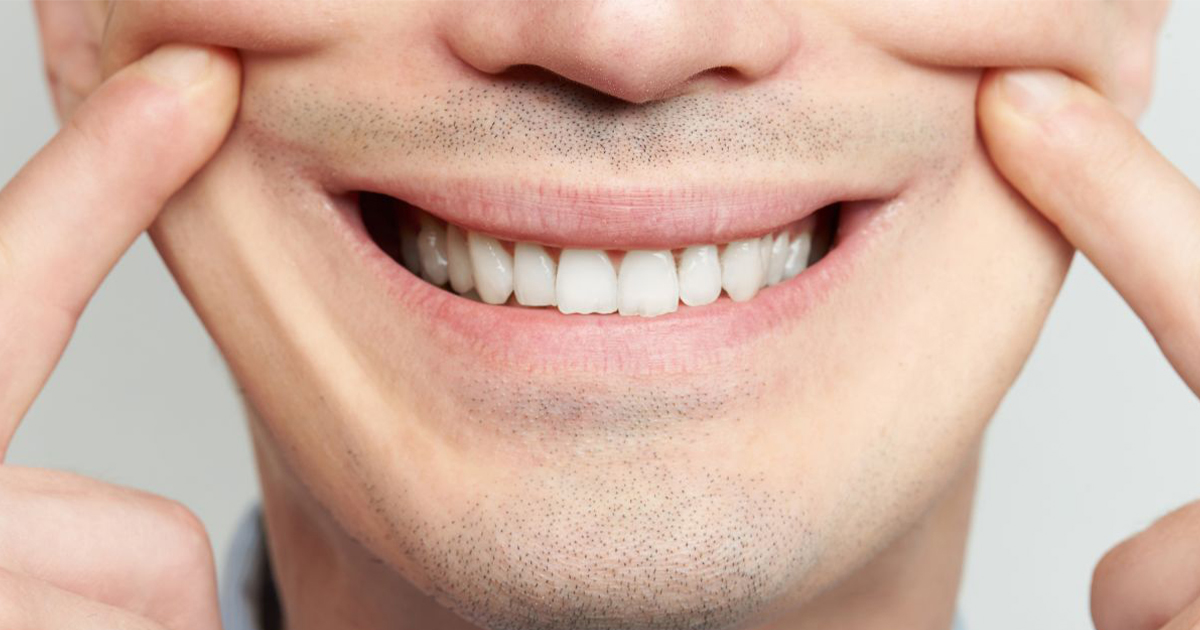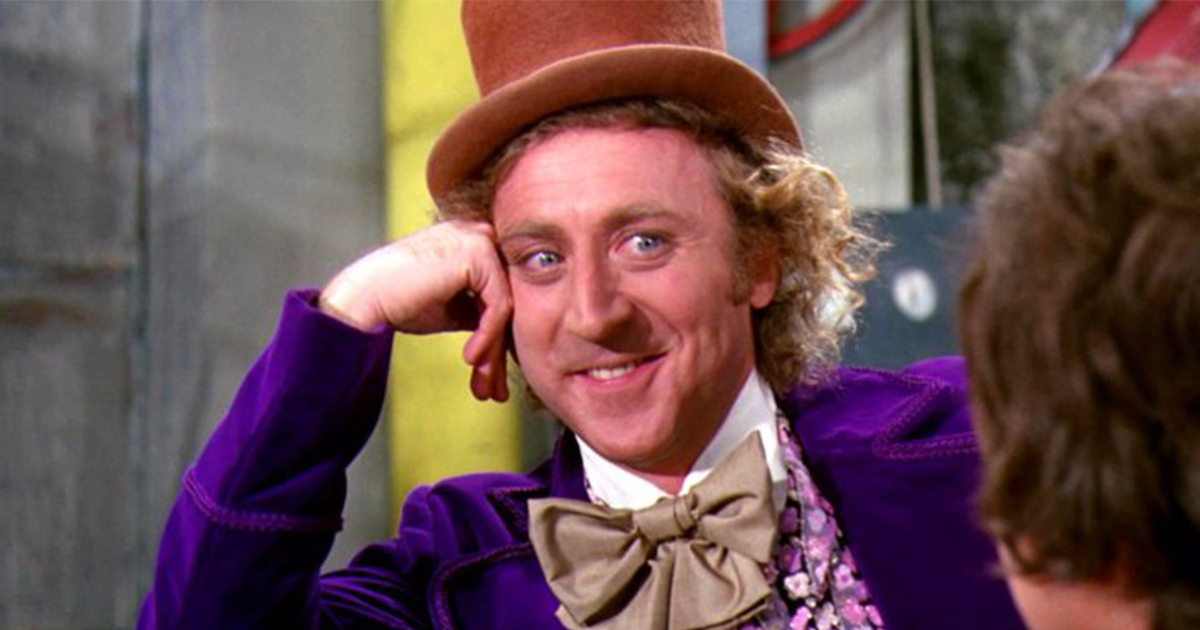How Does Smiling More Make You Happier?

Although no word is used in non-verbal communication, it can efficiently express many human emotions as accurately as verbal methods of communication. Smile is one of the most fundamental things that humans do, it comes under the broad spectrum of non-verbal communication. It is a simple facial expression formed by flexing the muscles on both sides of the mouth, forming a curve.
The purpose of this article is to explore the concept of a smile, its type, function, importance, benefit, and impact. Studies indicate that a smile is one of the most common non-verbal means of communication used in human interactions, it has the power to influence the communication channel from the beginning to the end of the interaction process. Just smiling with the attitude of gratefulness and honour can make things go from bad to excellent. Smiling is a phenomenal strategy of communication and one must always adopt it.
Introduction

There are many aspects of body language, all of which are equally important and beneficial to know. Body language is a type of nonverbal communication in which physical actions are used to communicate or convey information as opposed to words. Such activity involves facial expressions, body posture, gestures, movement of hands, and so on. The more a person understands these expressions and properly utilizing body language, the more effective he/she will be as a communicator. Of all the body language gestures one can utilize, there is one that stands out. It is the simple symbolic gesture of smiling. Smile, one of the most fundamental things that humans do. It is one of the features of human beings that can win the hearts of millions of people.
“Everyone smiles in the same language.” – George Carlin
Concept of Smile
The smile is a subcategory of facial expressions that comes under the broad spectrum of non-verbal communication. A smile may either be a deliberate or accidental reaction to other people and circumstances. A smile is viewed as a pleasant trait that can completely disarm the defences of nearly anyone while communicating. It is credited with the power of generating positive energy and intensify the effectiveness of interpersonal communication.
While it’s the easiest way to communicate with others, a genuine smile is seen as a powerful symbol of an individual’s warmth and attitude. A genuine smile is one of the most common, strong, and convincing all gestures that one can use in body language. A simple sincere smile will significantly boost one’s communication skills, responsibility, and reputation.
Types of smile
Smiling is contagious. Most people believe that there are only 2 types of smiles one being genuine and another being fake. In the quest to discover the different forms of smiles and their meaning, several scholars have researched smiles throughout history. The existing literature states that there are around 19 types of smiles out of which only 5 indicates real happiness (Gorvett,2017). It has been suggested that each type of smile convey a particular meaning and strengths the channel of communication accordingly. The following are the types of smiles that are generally considered to be associated with happiness and subjective well-being (Ekman, 1993):
Duchenne Smile

(Ekman & Davidson, 1990) famously hypothesized that genuine positive emotion (e.g., amusement) is revealed by the Duchenne smile, a facial expression involving “smiling eyes” as well as a smiling mouth. This type of smile is considered to be the true smile of happiness. The Duchenne smile, besides the upturned of the mouth, is identified by the small, twinkling eyes that leave wrinkles called “crow’s feet” (Ekman & Friesen, 1982). This type of smile could be produced while having genuine human interactions where the person is able to find their own reservoir of happiness and gratitude.
Fake Smile

In a smile, the lack of movement in the outer part of the muscle that orbits the eye distinguishes the fabricated smile from the real thing. This type of smile suggests that the individual feigns true happiness, as the eyes do not reflect the sense of well-being while producing a fake smile. The most appropriate example of this could be the smile of a person posing deliberately for a photograph.
Seductive smile

(Gorvett,2017) and her team found that a slight smile accompanied by direct eye contact, with a slow glance away, would appear on an individual’s face when he or she tries to be seductive. It was suggested that this kind of smile might be accompanied by either submissive or dominant behaviour towards the other person.
Uncomfortable smile

When people feel uncomfortable, such as when someone says something wrong, they may have an unpleasant smile designed to cover up their true feeling of discomfort. (Woodzicka & LaFrance, 2005) counted an ingenious experiment, women were asked an inappropriate sexual question in a job interview, and most of them showed an uncomfortable smile.
Sarcastic Smile

This type of smile is generally seen as showing conflicting emotions of amusement and dislike. A cynical grin is implied to express a positive attitude where the mouth turns upwards and the eyes may always get away with it, suggesting a look of contempt.
(Ronald, 2010) suggested that the functions of a smile vary depending on its type and how it affects the behaviour of the individual as well as the response of others, but it must be assumed that a smile could be complex enough to convey mixed messages, just like other facial expressions.
Functions of Smile
Smile is one of the most common non-verbal means of communication used in human interactions, it has the power to influence the communication channel from the beginning to the end of the interaction process. (Abel & Kruger,2009) suggested that emotions have a positive relationship to a person’s mental health, physical health, and longevity. (Selig,2016) suggested that a good smile might make a person look younger and thinner.
The Importance and Benefits of Smiling

Smiling and a smile with a positive attitude are two different things. Regardless, of different types of smiles, one can just smile for the sake of showing people. But welcoming somebody with a big smile and a positive attitude makes them feel more valuable. Smiling and communicating can lead to some mind-boggling privileges. Trust is one of the things people tend to make and break. But, if you’re talking to someone with a good smile and a positive attitude, it gives them the chance to trust you amply. Another aspect of smiling that often gets ignored is positive thinking, it is suggested that smile sub-consciously bring in positive thinking.
In fact, the act of smiling activates neural messaging that benefits one’s health and happiness. For starters, smiling activates the release of neuropeptides that work to combat stress (Karren,2010). Neuropeptides are tiny molecules that allow neurons to communicate with each other. They make messaging simpler for the whole body when we’re happy, sad, frustrated, stressed, or excited. Feel-good neurotransmitters — dopamine, endorphins, and serotonin — are all released when a smile spreads across your face (Seward, 2009). Endorphins also act as a natural pain reliever-100 per cent organic and without the potential negative side effects of synthetic concoctions (Sonnby,2012). The serotonin release brought on by one’s smile ultimately serves as an anti-depressant and a mood lifter (Karren,2010).
The Impact of a Smile
The act of smiling has been certified to have a physical, psychological and spiritual effect on human beings. While a smile is a small gesture in terms of muscular movements, the effect it may have on human life is immense. Research has sought to uncover the biological, psychological and socio-cultural impact of a smile on human life at various levels of analysis, including individual, dyadic, institutional and societal influences.
Looking at the bigger picture, each time two people smile at each other, they are creating a symbiotic relationship that allows them to release feel-good chemicals in their brain, make them both attractive and increase the chances of living longer, healthier lives.
Conclusion
Communication will be more effective if there is the involvement of a smile. It is a non-verbal way of making people happy and satisfied. Just smiling with the attitude of gratefulness and honour can make things go from bad to excellent. Smiling is the cure to all the broken relationships which can be now connected. Smiling is a phenomenal strategy of communication and one must always adopt it.

